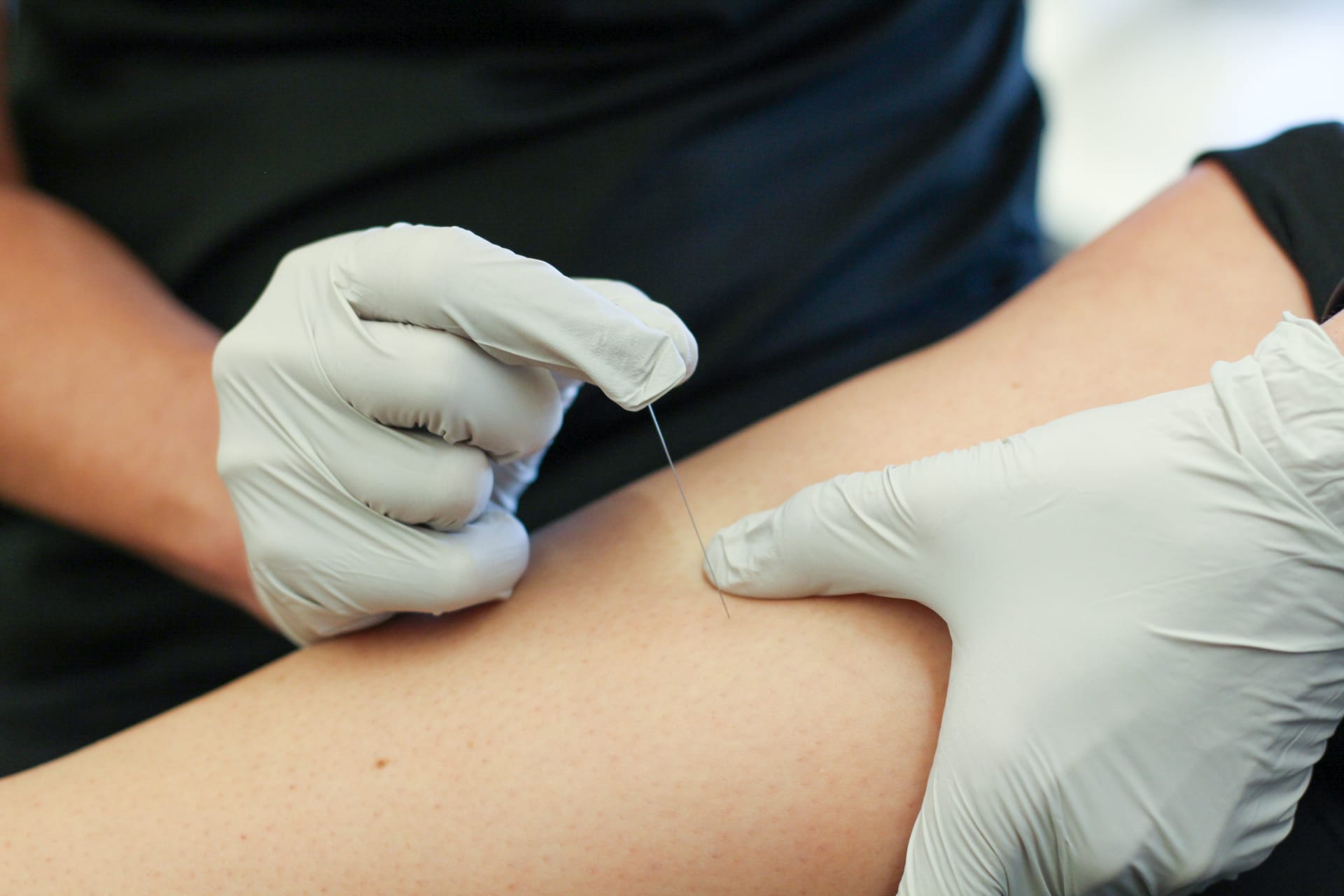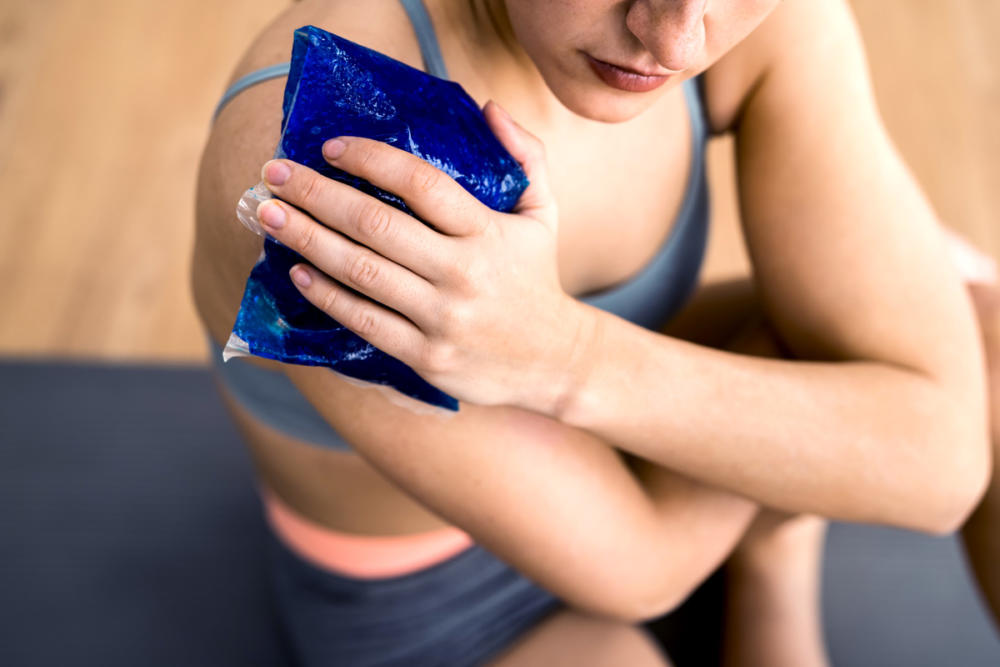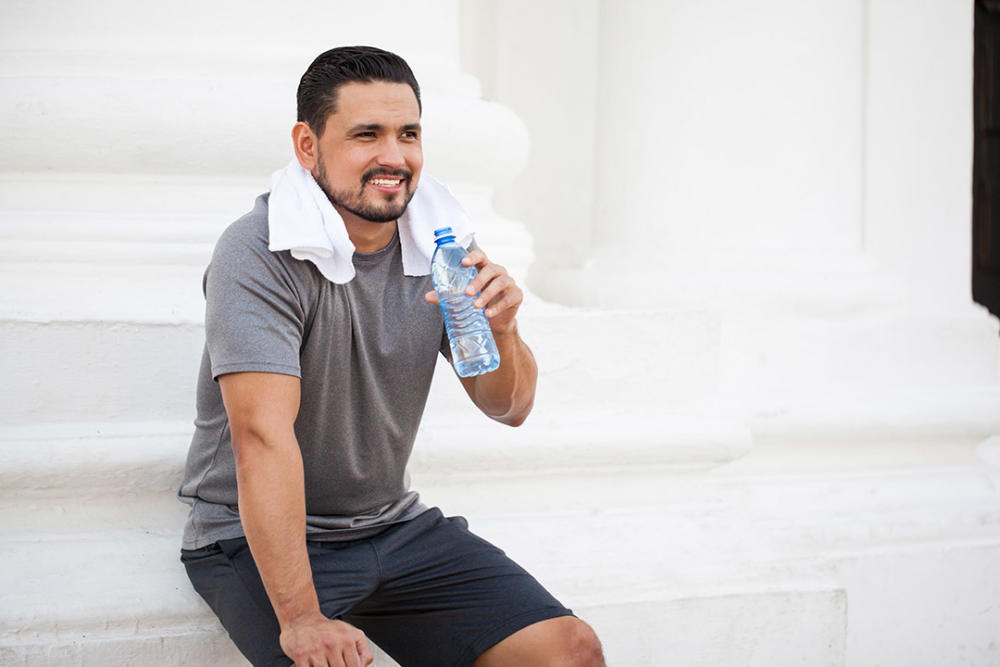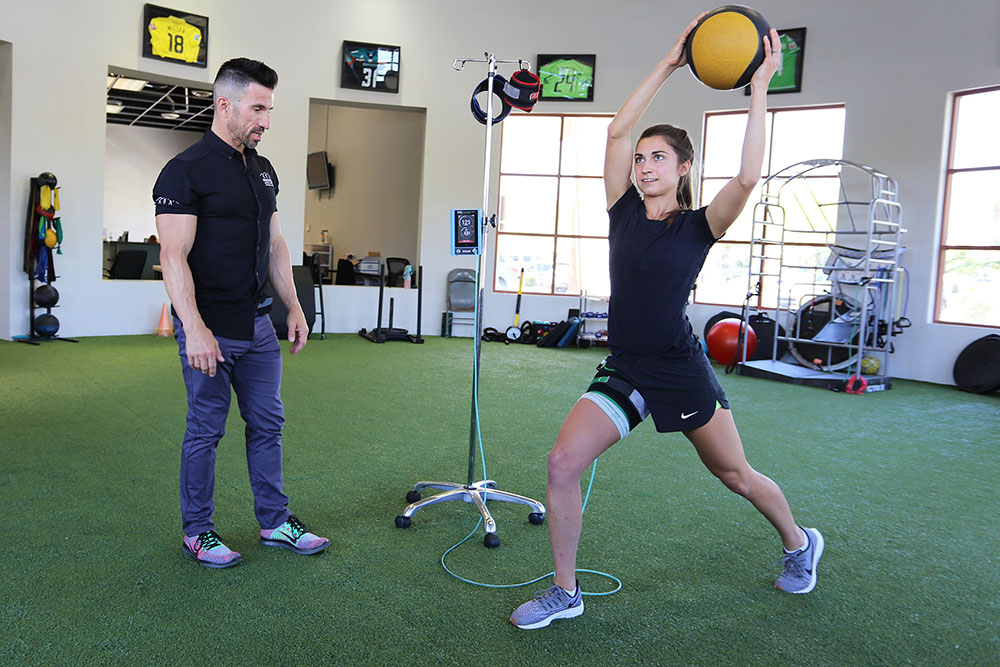It is very likely that you, or a close friend or family member, have been treated by a physical therapist. Whether it was for pain management or recovery from an automobile accident, hip replacement surgery, or a badly sprained ankle, manual treatment and exercise were likely part of your physical therapy treatment plan.
At Foothills Sports Medicine, we specialize in a “hands-on” treatment approach and are experts in manual therapy. We utilize many techniques while treating our patients. For example, trigger point release, instrument assisted myofascial release (commonly referred to as “scraping”), cupping, and manual stretching are just some of the many ways we help our patients recover from injury and movement dysfunction.
Dry Needling vs. Acupuncture
Dry needling is another common technique we utilize that many patients are unclear about. While many people have heard of “dry needling,” there is a common assumption that it is synonymous with acupuncture. This is not the case. Read on to learn how dry needling is used in physical therapy.
Acupuncture, by definition, is inserting very thin needles through the skin into specific acupoints. According to the Mayo Clinic, this technique is derived from, “traditional Chinese medicine which explains acupuncture as a technique for balancing the flow of energy or life force — known as chi or qi (chee) — believed to flow through pathways (meridians) in your body. By inserting needles into specific points along these meridians, acupuncture practitioners believe that your energy flow will re-balance.”
Dry needling practice at Foothills involves the same small filiform needle used in acupuncture, but with a very different theory. Functional dry needling stimulates nerves, muscles, and connective tissue at the site of insertion. Early dry needling was based solely on research about trigger points and now, functional dry needling combines theory about trigger points with our knowledge of radiculopathic pain.
How Dry Needling Works
In layman’s terms, we use needles to treat neuromuscular dysfunction directly at the source, and also at the correlating spinal segment. We have all heard that pain and numbness in the legs can come from the low back and pain and numbness in the fingers can come from the neck. Using this theory, functional dry needling works as a pain management technique by treating the proximal/spinal source of pain, as well as the actual dysfunctional muscles in your body.
These small filiform needles are solid and therefore referred to as “dry” because they are not hollowed in order to inject a liquid medication. The needles are so thin, on average 0.25 mm thick (which is about 1/3 the size of a wet needle used to inject intraarticular cortisone), that the patient can hardly feel one enter the skin.
The dry needles are inserted from depths of 3 cm to 10 cm (1 to 4 inches) into the skin, past underlying subcutaneous tissue, directly into dysfunctional muscle trigger points. This causes multiple physiologic effects including an increase in blood flow, decrease in muscle banding, a decrease in spontaneous electric activity (which causes a buildup of nasty chemicals in our muscles), and other biochemical changes.
What To Expect From Dry Needling
Once the needle has been inserted to the depth of dysfunctional muscle or a trigger point, the patient usually complains of a deep ache or muscle cramping. Often, the muscle will spasm, causing a quick muscle twitch which essentially “resets” the muscle, similar to turning your computer on and off when it’s been frozen on the same screen. This muscle “reset” can help an over-active muscle “quiet down” and also help an under-active muscle “work harder” by stimulating the muscle and underlying nerves.
Many therapists will also use an electrical stimulator, attached directly to the needles, in order to elicit a twitch response. Some frequencies of electrical stimulation have been studied and can cause an increase in endogenous opioid production, which can further decrease pain.
Patients will commonly demonstrate an immediate change in flexibility, strength, or pain after just one treatment, however, it is common that multiple treatments are required in order to retrain a dysfunctional neuromuscular system. This is why your physical therapist will also prescribe certain stretches and exercises around your dry needling treatments, in order to maximize effectiveness, change dysfunctional movement patterns and most importantly, relieve pain so that you can return to the activities you love to do.
If an injury or nagging pain is stopping you from your favorite activities, Foothills Sports Medicine can help with your pain management. Come in for a complimentary Rapid Recovery® Injury Assessment and our physical therapists will determine if dry needling should be part of your treatment plan.
What’s With All The Needles? Using Dry Needling For Pain Management




